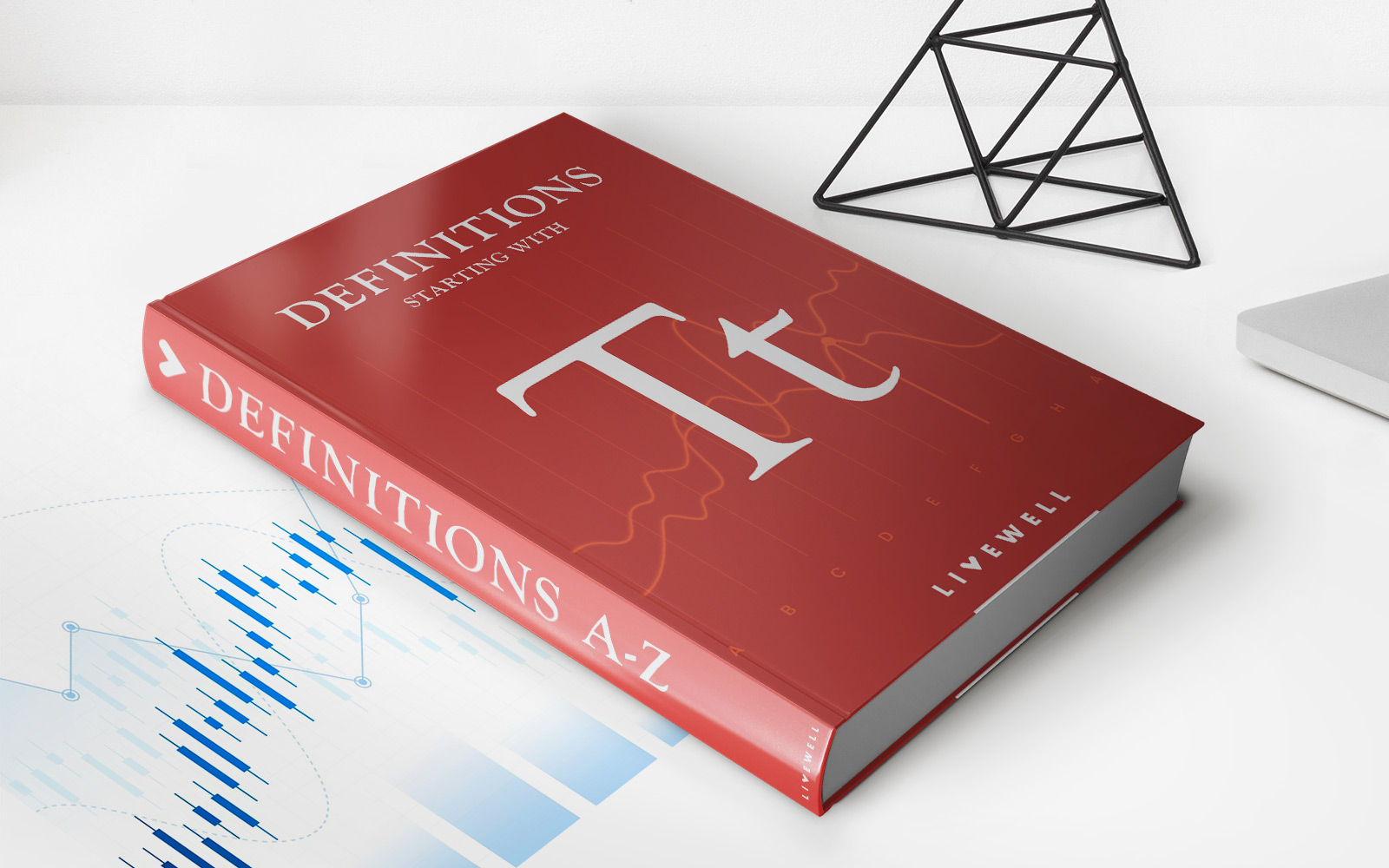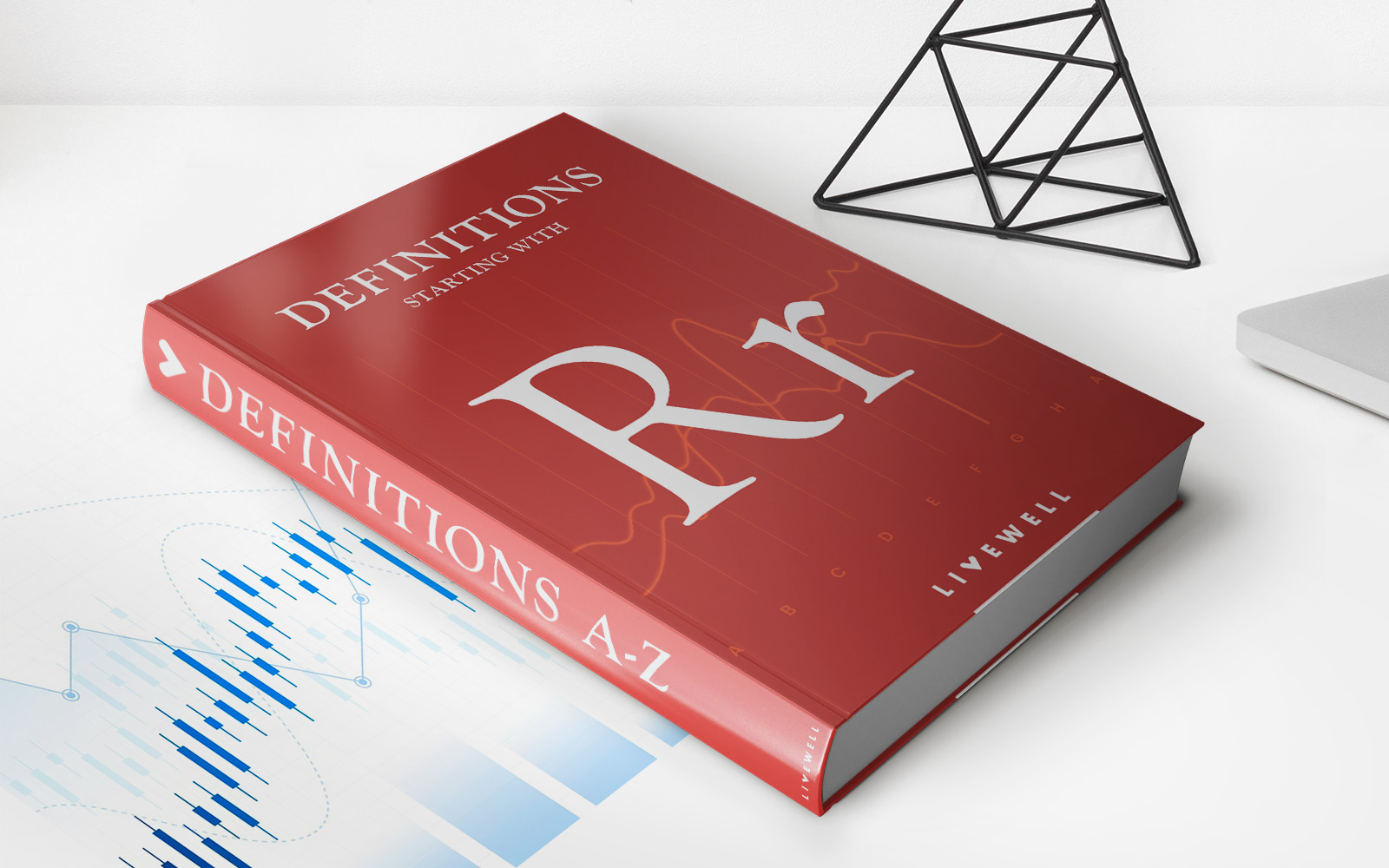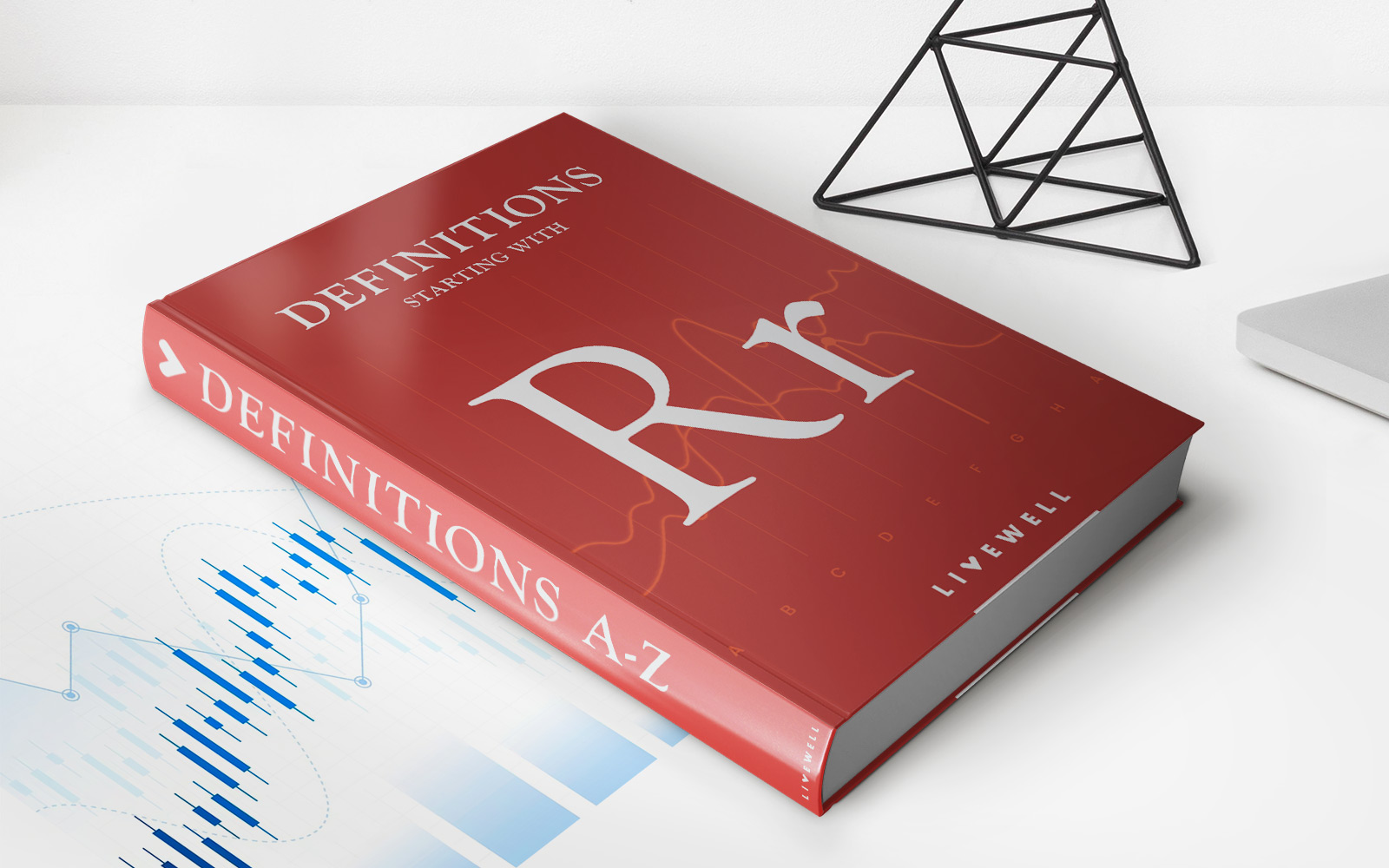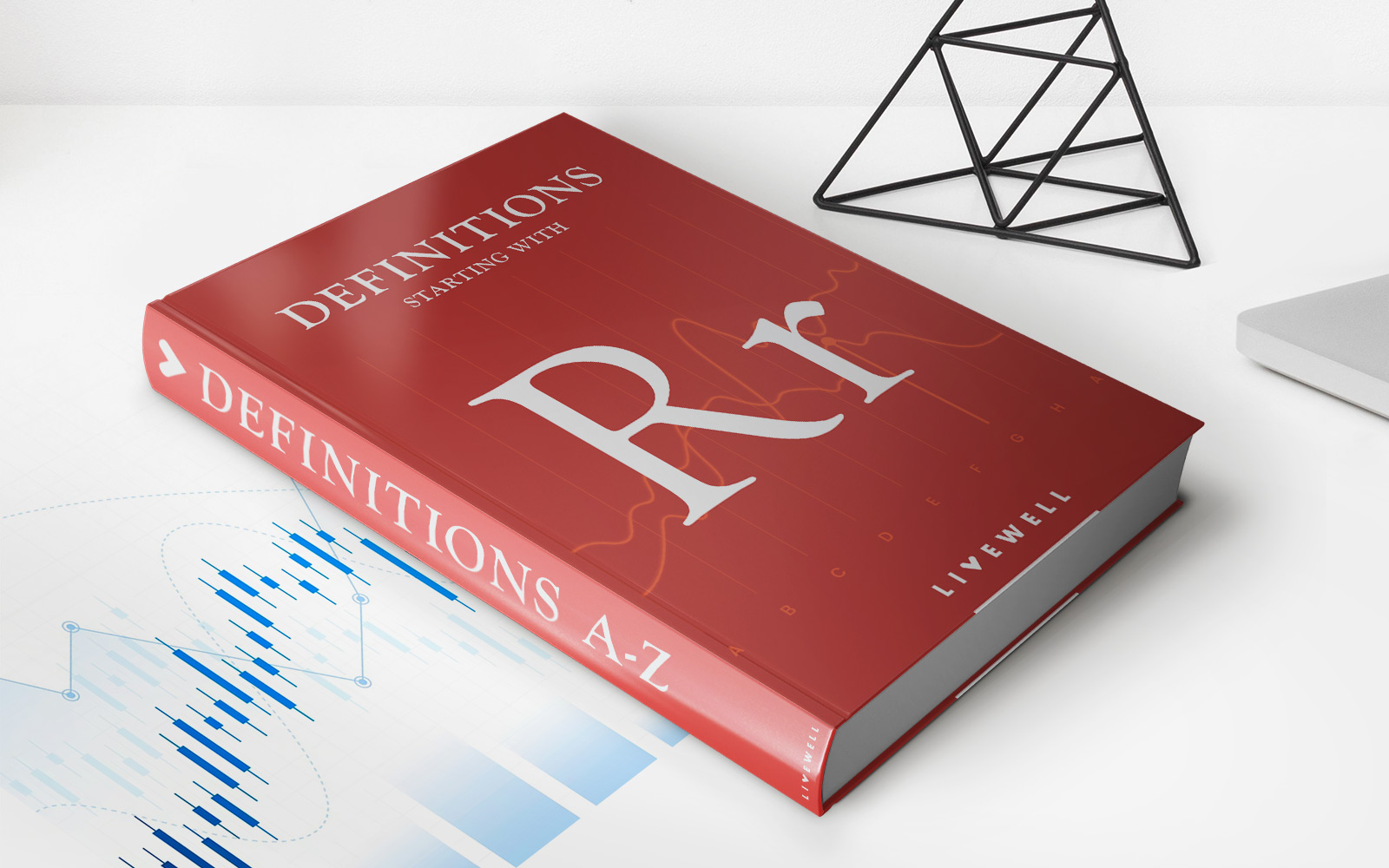Home>Finance>Winner’s Curse: Definition, How It Works, Causes, And Example


Finance
Winner’s Curse: Definition, How It Works, Causes, And Example
Published: February 18, 2024
Learn about the Winner's Curse in finance: its definition, causes, how it works, and get an example. Understand this phenomenon that can impact investment decisions.
(Many of the links in this article redirect to a specific reviewed product. Your purchase of these products through affiliate links helps to generate commission for LiveWell, at no extra cost. Learn more)
The Winner’s Curse: Definition, How It Works, Causes, and Example
Welcome to our finance blog post, where we delve into the intriguing concept of the Winner’s Curse. Have you ever wondered why winning an auction or a competitive bidding process may not always be a cause for celebration? In this article, we will explore the definition, workings, causes, and provide a real-life example of the Winner’s Curse in action.
Key Takeaways:
- The Winner’s Curse occurs when the winning bidder in an auction or bidding process overpays for the item or asset.
- Causes of the Winner’s Curse include imperfect information, irrational behavior, and emotional attachment to the outcome.
The Winner’s Curse is a phenomenon commonly observed in auctions or competitive bidding scenarios, where the winner often ends up paying more than the true worth or value of the item. This can lead to a feeling of regret or a financial loss for the winning party. To understand how the Winner’s Curse works, let’s break it down:
How does the Winner’s Curse work?
1. Auction or Competitive Bidding Process: The Winner’s Curse primarily occurs in situations where multiple individuals or entities compete to win an item or asset, such as in an auction or competitive bidding process.
2. Incomplete Information: One of the causes of the Winner’s Curse is imperfect information. Each participant in the bidding process often has limited knowledge about the true value or worth of the item. The lack of complete information can lead to overestimating the value, resulting in an inflated bid.
3. Rationality and Irrationality: While some bidders may approach the process rationally, analyzing available information and setting a maximum bid based on their perceived value, others may let emotions drive their decisions. Emotional attachment to winning or fear of missing out can push bidders to exceed their rational limits.
4. Limited Time: Auctions or bidding processes often have a time constraint, during which bidders must make quick decisions. This limited time can lead to hasty judgments and a failure to thoroughly evaluate the true value of the item, increasing the likelihood of overpaying.
5. The Winner Emerges: After a round of competitive bidding, one participant emerges as the winner who placed the highest bid.
6. Feeling of Regret: Once the auction concludes and the winner realizes that their bid is significantly higher than the actual value of the item, they experience the Winner’s Curse. This can result in a financial loss or a feeling of missed opportunity.
Causes of the Winner’s Curse:
The Winner’s Curse can be attributed to several causes:
- Imperfect Information: Bidders often have limited knowledge about the true value of the item, leading to overestimation.
- Irrational Behavior: Emotional attachment to winning or fear of missing out can cloud rational judgment.
- Competitive Pressure: The desire to outbid competitors can push bidders to exceed their own valuation limits.
An Example of the Winner’s Curse:
Imagine a scenario where three bidders compete in an auction for a rare piece of artwork. Each bidder has their own perception of the artwork’s value, and their bids reflect their individual assessments.
The first bidder, a knowledgeable art collector, carefully researches the piece and determines its worth to be $10,000. They place a bid of $12,000 to secure their chances of winning.
The second bidder, who is emotionally attached to the artwork, believes its sentimental value surpasses its actual worth. They decide to bid $15,000, hoping to emerge as the winner.
The third bidder, influenced by the excitement of the auction and the presence of competitive bidders, decides to bid $20,000 without fully evaluating the artwork’s actual value.
As the auction concludes, the third bidder ends up winning with their $20,000 bid. However, upon further evaluation and market analysis, they discover that the artwork’s true value is only $15,000. They have fallen victim to the Winner’s Curse, paying more than necessary and experiencing a financial loss.
In conclusion, the Winner’s Curse is a phenomenon that can occur in auctions or competitive bidding processes when the winning bidder overpays for the item or asset. Imperfect information, irrational behavior, and emotional attachment to the outcome can all contribute to this curse. It serves as a reminder of the importance of thorough evaluation, rational decision-making, and learning from past experiences to avoid falling into its trap.














